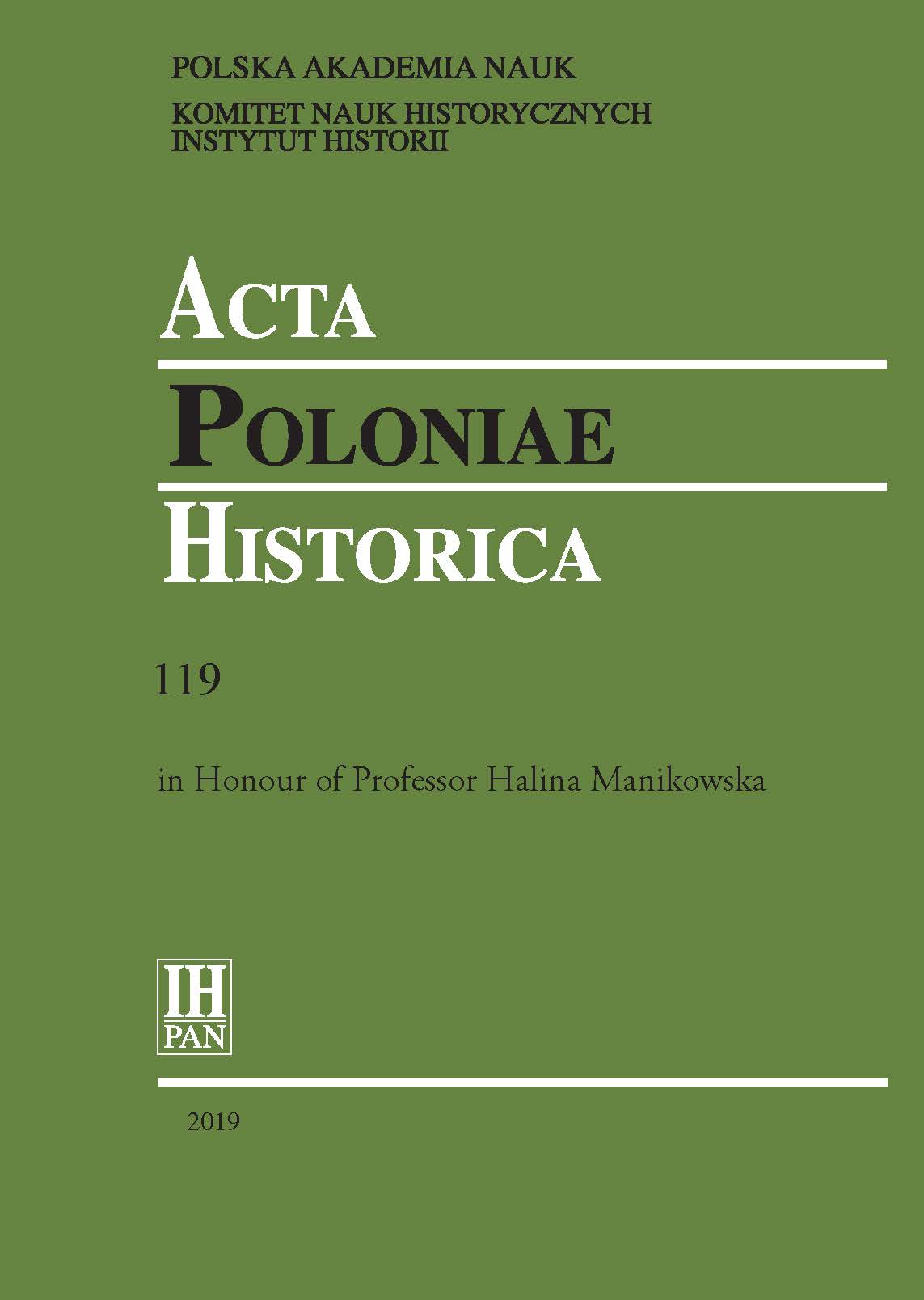Quarters in the Municipal Authority System in Late Medieval Prussian Towns
Quarters in the Municipal Authority System in Late Medieval Prussian Towns
Author(s): Roman CzajaSubject(s): History, Comparative history, Local History / Microhistory, Political history, Social history, Middle Ages
Published by: Instytut Historii im. Tadeusza Manteuffla Polskiej Akademii Nauk
Keywords: urban history; Prussian towns; urban space; urban community; late medieval towns and cities
Summary/Abstract: The article seeks to comparatively analyse the functions implemented in the Late Middle Ages by quarters in the main towns or cities of Prussia, including Rechtstadt Danzig (Main City of Gdańsk), Altstadt Königsberg (Old Town of Königsberg [today Kaliningrad]), Braunsberg (Braniewo), Altstadt Thorn (Toruń), and Kulm (Chełmno). Special attention is placed on answering the question of how the quarters participated in the municipal authority structures and the relationships between town councils and the commons. Quarters in Prussian towns developed since the fifteenth century, somewhat later than in East Central European towns. Establishment of these units was based on several premises: organisation of fiscal accountancy, fire safety concerns, military purposes, and town councils’ strivings to reinforce control over the dwellers. Influenced by the city revolts at the beginning of the fifteenth and in the sixteenth century, town councils took efforts to create a system of mobilisation and communication with the inhabitants that would work without the intermediation of guilds (as in Elbing [Elbląg], Danzig, and Thorn). Subordination of the older quarters to the municipal authorities caused, moreover, that in the face of internal or external threat, the community appeared as a community ruled by town councillors.
Journal: Acta Poloniae Historica
- Issue Year: 2019
- Issue No: 119
- Page Range: 175-189
- Page Count: 15
- Language: English

